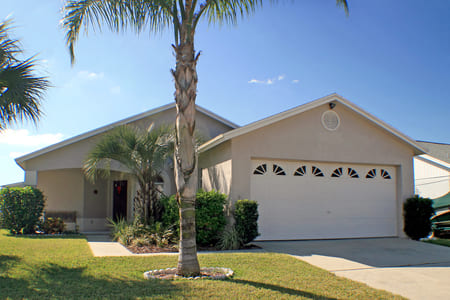Differences Between Soft Washing and Pressure Washing

In the world of exterior cleaning, two terms often stand out – pressure washing and soft washing. Both methods offer distinct advantages and are suited for different types of surfaces and cleaning tasks. Understanding the differences between these two cleaning techniques is essential for homeowners, business owners, and cleaning professionals alike to ensure optimal results and prevent damage to surfaces.
What is Pressure Washing?
Pressure washing, sometimes referred to as power washing, is a cleaning method that uses highly pressurized water to blast away dirt, grime, mold, and other contaminants. The process involves directing a powerful stream of water onto surfaces, effectively removing accumulated debris.
Common Applications of Pressure Washing
- Concrete driveways and walkways
- Wooden decks and patios
- Brick and stone surfaces
- Exterior walls with stubborn stains
Benefits of Pressure Washing:
- Effective Cleaning: Ideal for tackling tough stains and heavy grime buildup.
- Versatility: Suitable for a wide range of hard surfaces.
- Eco-Friendly: When used without chemicals, it relies solely on water.
Equipment Used:
Pressure washing involves using a pressure washer, which pumps water at high speeds through a nozzle. The power of the water stream is adjustable, making it suitable for different cleaning tasks.
What is Soft Washing?
Soft washing is a gentler cleaning method that uses a combination of water, cleaning solutions, and sometimes algaecides or surfactants. Instead of relying on high pressure, soft washing focuses on allowing the cleaning solution to dwell on the surface to break down contaminants before being rinsed away.
Common Applications of Soft Washing
- Vinyl siding
- Asphalt shingle roofs
- Painted surfaces
- Wooden decks and fences
Benefits of Soft Washing:
- Gentle on Surfaces: Ideal for delicate surfaces that can be damaged by high pressure.
- Deep Cleaning: Cleaning solutions penetrate and eliminate organic growth like mold and algae.
- Long-Lasting Results: The solutions can inhibit future growth, keeping surfaces cleaner for longer.
Equipment and Cleaning Solutions Used:
Soft washing systems typically consist of a tank for the cleaning solution, a low-pressure pump, and hoses with specialized nozzles designed to distribute the solution evenly.
Pros and Cons
Pressure Washing:
- Pros: Powerful cleaning action, versatile, immediate results
- Cons: Can damage delicate surfaces, shorter-lasting results, higher water usage
Soft Washing:
- Pros: Gentle on surfaces, long-lasting results, eco-friendly options available
- Cons: Chemical use, longer cleaning process, potential plant damage
When to Use Each Method
- Pressure Washing: Best for concrete driveways, stone patios, brick walls, and heavily soiled areas.
- Soft Washing: Ideal for vinyl siding, roofs, wooden decks, and surfaces near landscaped areas.
Conclusion
Choosing between pressure washing and soft washing depends on the surface material, the extent of dirt buildup, and the desired outcome. While pressure washing offers quick and powerful cleaning for hard surfaces, soft washing provides a safer, more thorough clean for delicate areas and surfaces prone to organic growth. For optimal results and surface protection, consider consulting with professional cleaning services to determine the best method for your specific cleaning needs.
Need Professional Pressure Washing In Pensacola Or Gulf Breeze? Get Your Free Estimate Now!